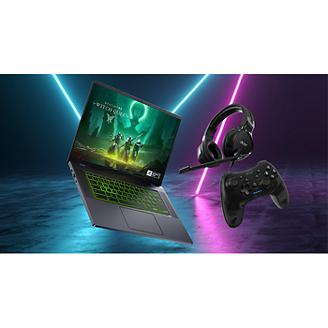I have a Predator Triton 300 se PT314-51s
gpu 3060, i7 11th, 16gb ram, win 11
Games feels stuttery and I think I thermal throllet often too. I keep the laptop inclined over a support to make it breath below, and I use a second monitor (lenovo freesync 1080p 75hz)
I have some trouble optimizing performances, and I don't know is everything is connected and setted up the right way.
A couple of case scenarios, hunt: showdown, witchfire and arc raiders.
Every software is up-to-date (killer center, bios, intel drivers, gpu drivers, windows)
On arc raider I can't manage to reach stable 60 frames, even in the lowest settings, on Hunt I hardly reach 80 (lowest), on witchfire a lot of stutters.
Than I googled about how the video port are wired, I assumed the HDMI port was wired to the iGPU (intel iris) and the usb-c port to the dGPU, so I bought an usbc-hdmi video cable.
I think it runs a little bit better, but on the nvidia control pannel seems that both those port are wired to the intel iris.

The main gpu selected, where is possible, is the 3060.
In the bios I didn't find anything able to let me choose to use the 3060 (mux switch?).
I mean, of course games are using the 3060, otherwise I couldn't get 80 frame on hunt: showdown (to heavy for the iGPU iris) but I assume the iGPU is anyway doing some bottleneck.
I read also there was a bug about the first laptop software release that was making the gpu consuming less power, but everything is up to date (I don't know how to verify if I'm affected from this bug or not)
So, I reached the maximum gaming performance that this laptop can give me, or am I missing something and there is something more to squeeze?
Thank for the answers.
[Edited the topic title to include model number]








